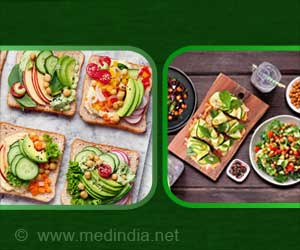Dichlorophenols - a chemical used in pesticides and to chlorinate water are to be blamed for the increase in the number of people developing food allergies, finds study.

"Our research shows that high levels of dichlorophenol-containing pesticides can possibly weaken food tolerance in some people, causing food allergy," said allergist Elina Jerschow, M.D., M.Sc., ACAAI fellow and lead study author. "This chemical is commonly found in pesticides used by farmers and consumer insect and weed control products, as well as tap water."
Among 10,348 participants in a US National Health and Nutrition Examination Survey 2005-2006, 2,548 had dichlorophenols measured in their urine and 2,211 were included into the study. Food allergy was found in 411 of these participants, while 1,016 had an environmental allergy.
"Previous studies have shown that both food allergies and environmental pollution are increasing in the United States," said Dr. Jerschow. "The results of our study suggest these two trends might be linked, and that increased use of pesticides and other chemicals is associated with a higher prevalence of food allergies."
While opting for bottled water instead of tap water might seem to be a way to reduce the risk for developing an allergy, according to the study such a change may not be successful.
"Other dichlorophenol sources, such as pesticide-treated fruits and vegetables, may play a greater role in causing food allergy," said Dr. Jerschow.
Advertisement
Food allergy symptoms can range from a mild rash to a life-threatening reaction known as anaphylaxis. The ACAAI advises everyone with a known food allergy to always carry two doses of allergist prescribed epinephrine. A delay in using epinephrine is common in severe food allergic reaction deaths.
Advertisement















